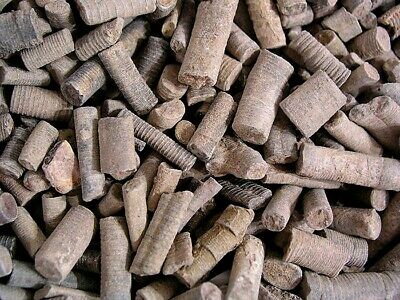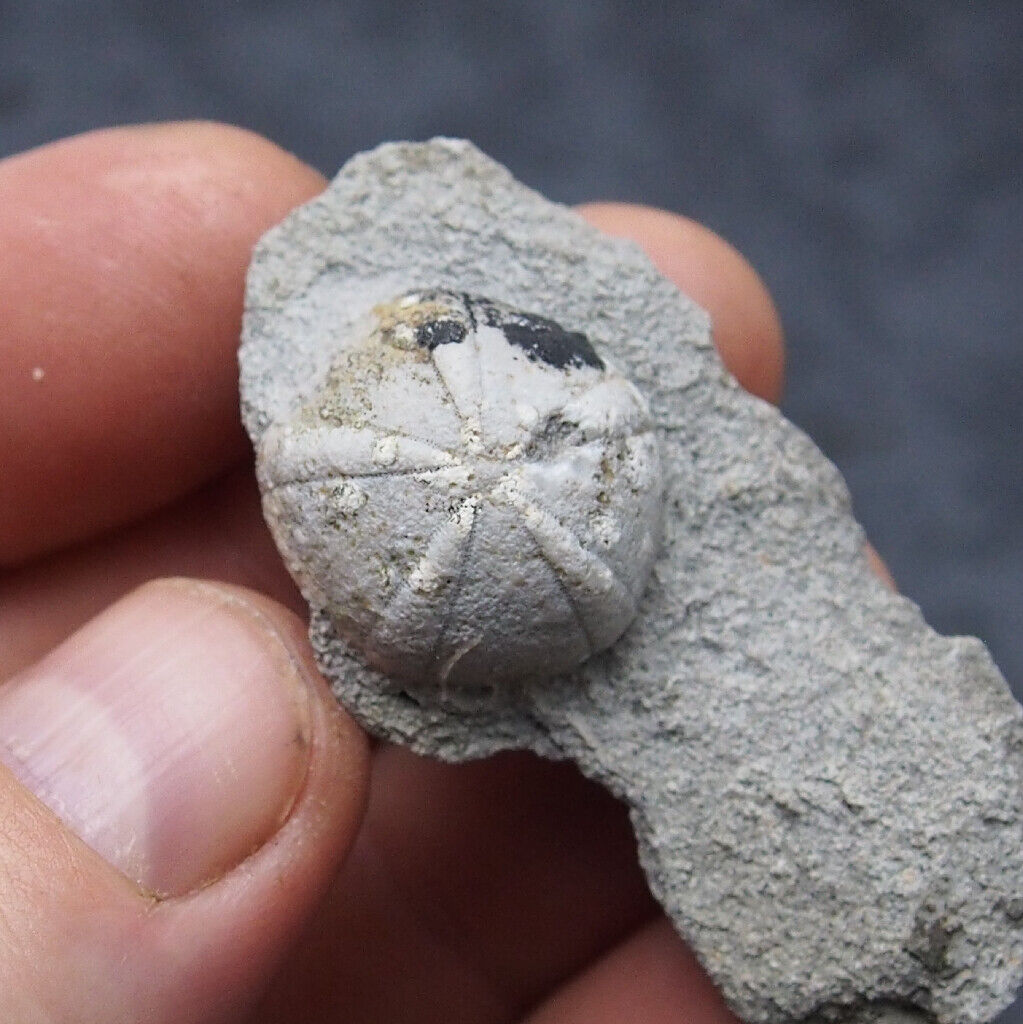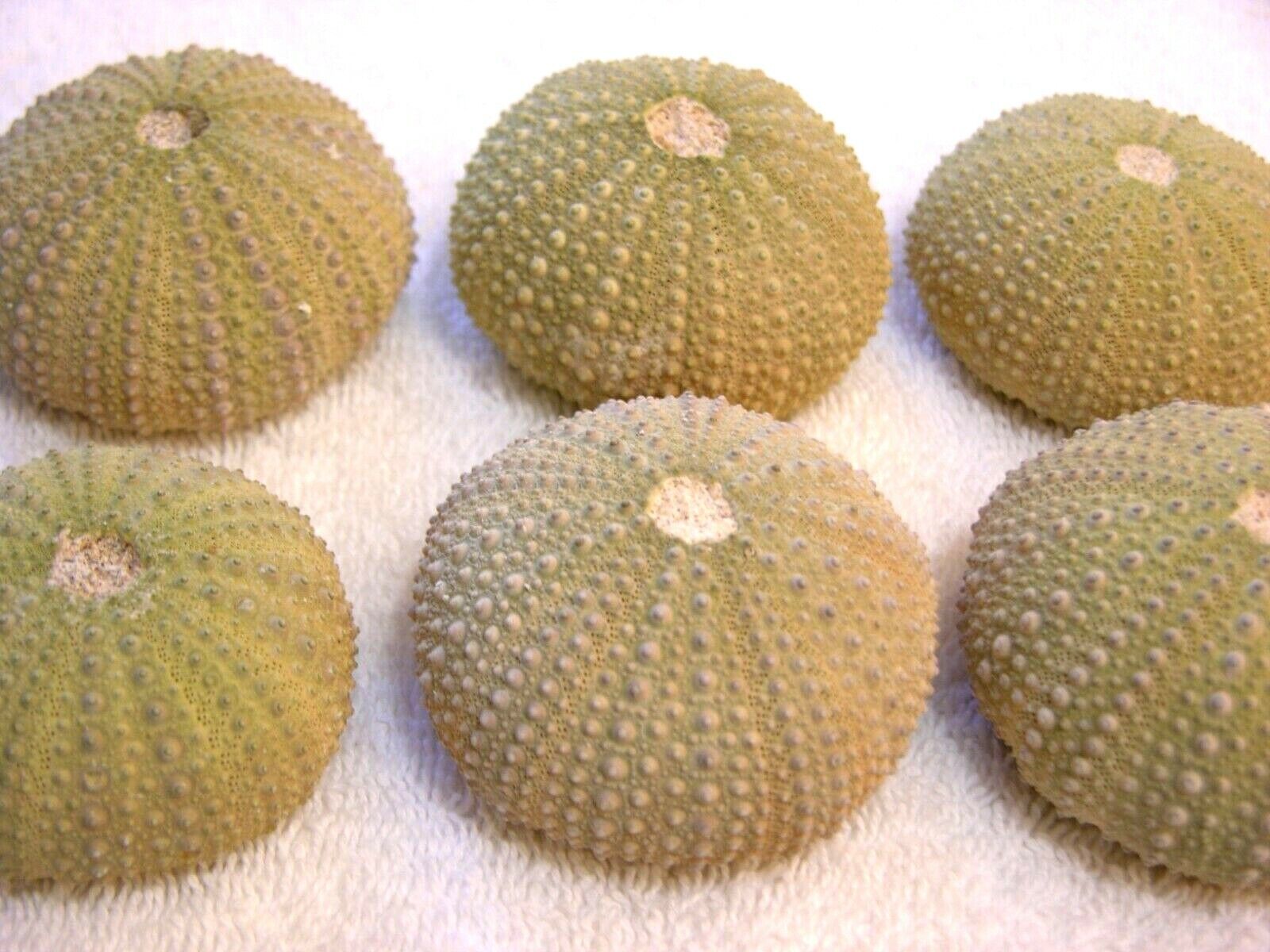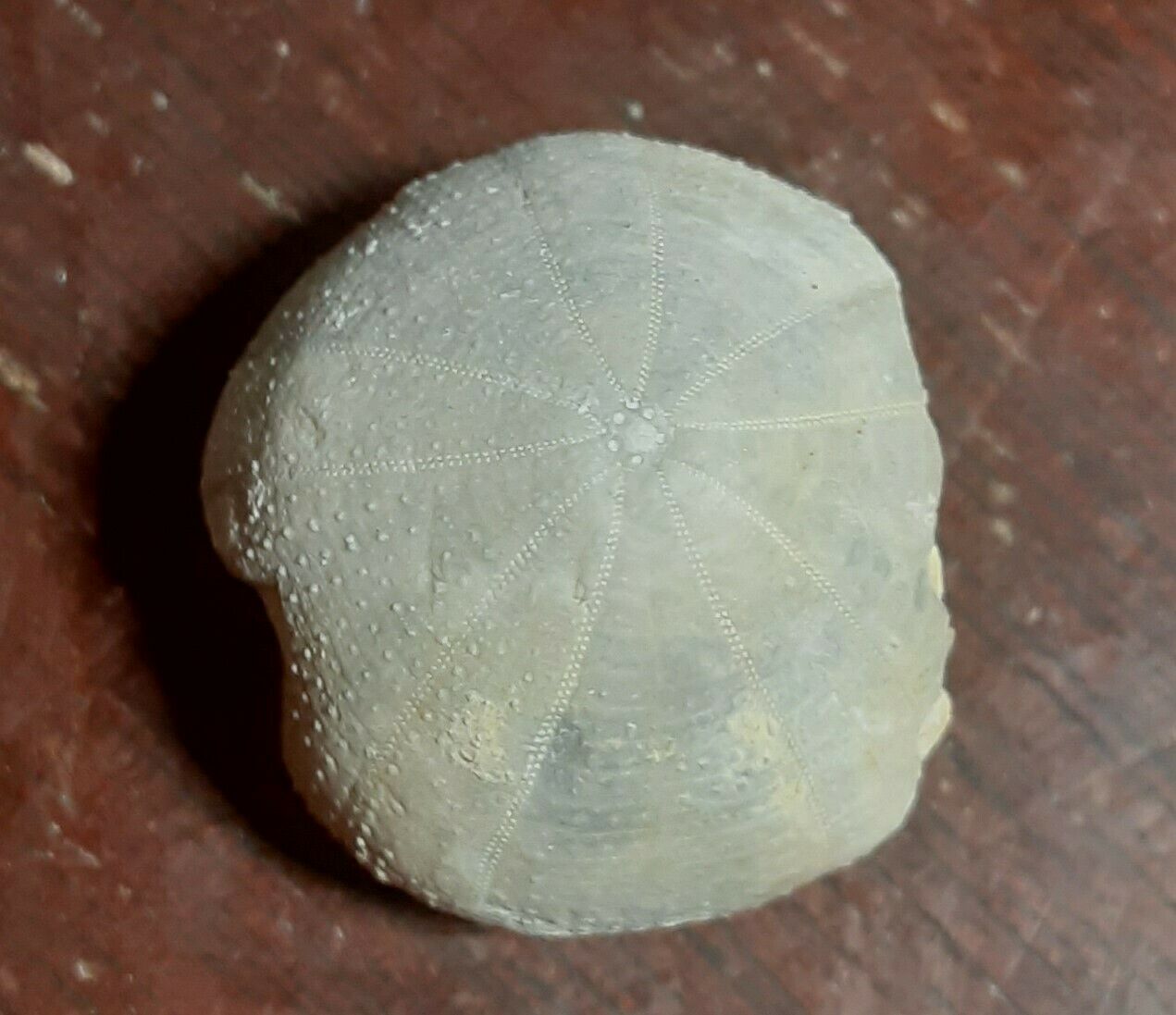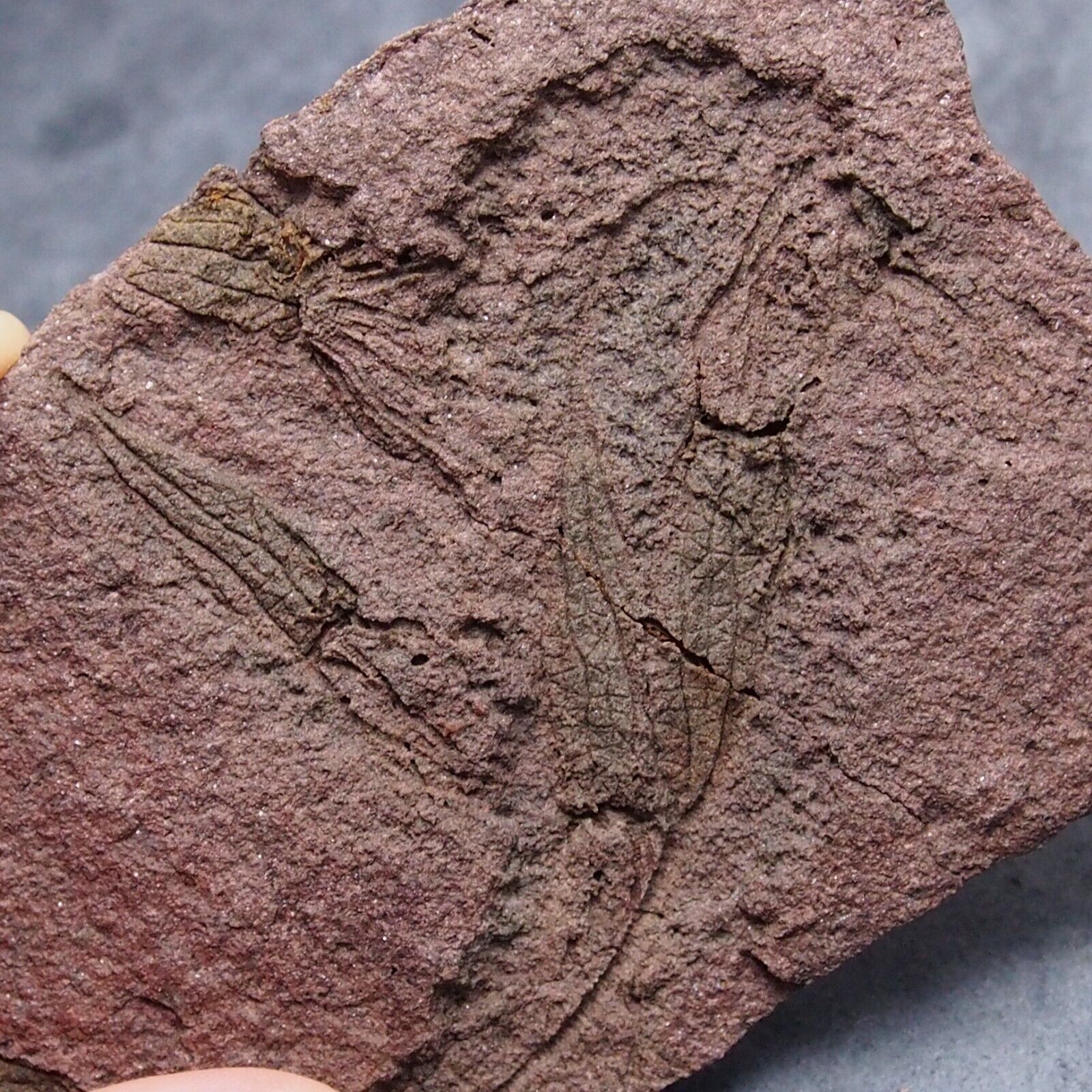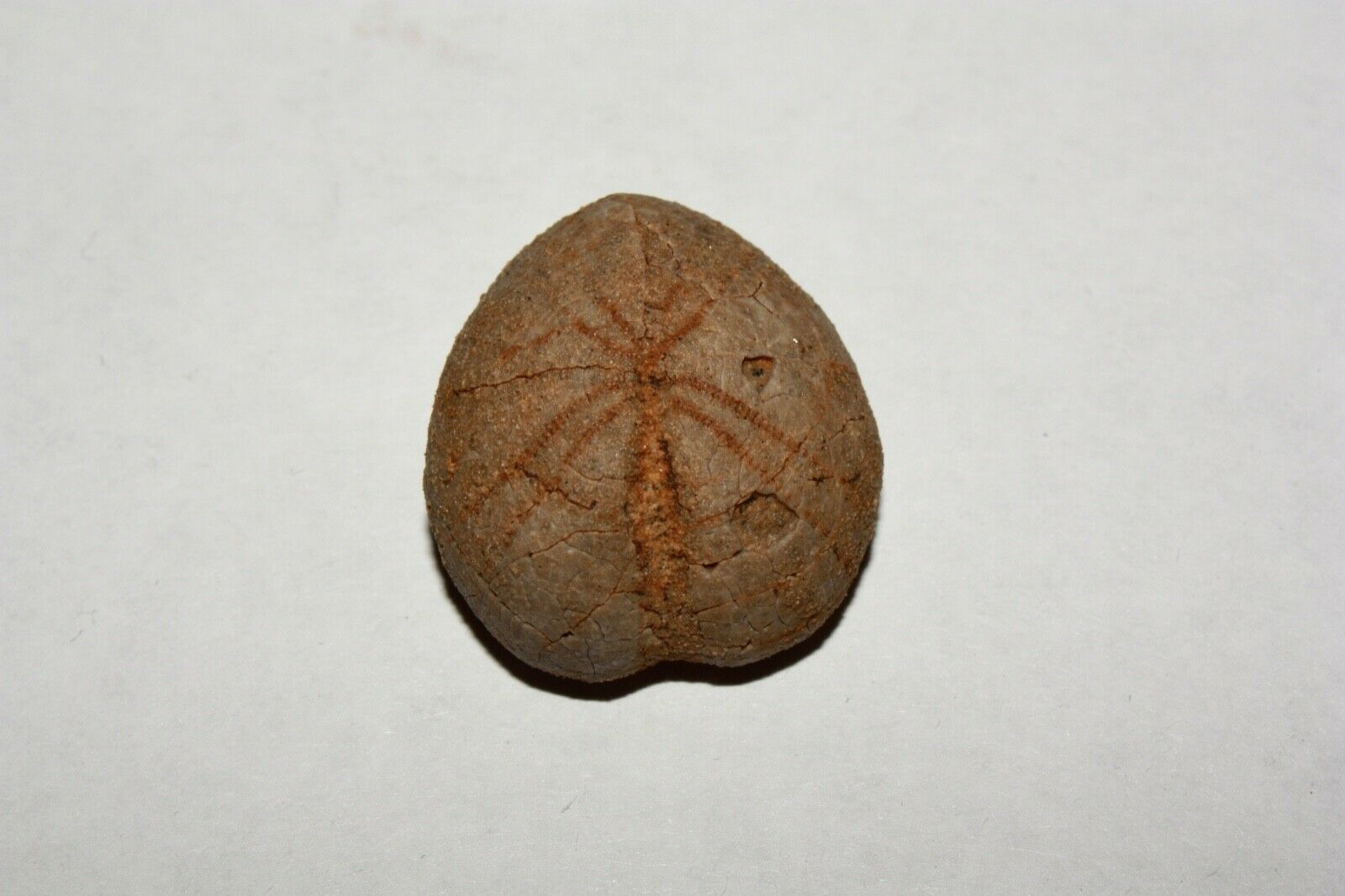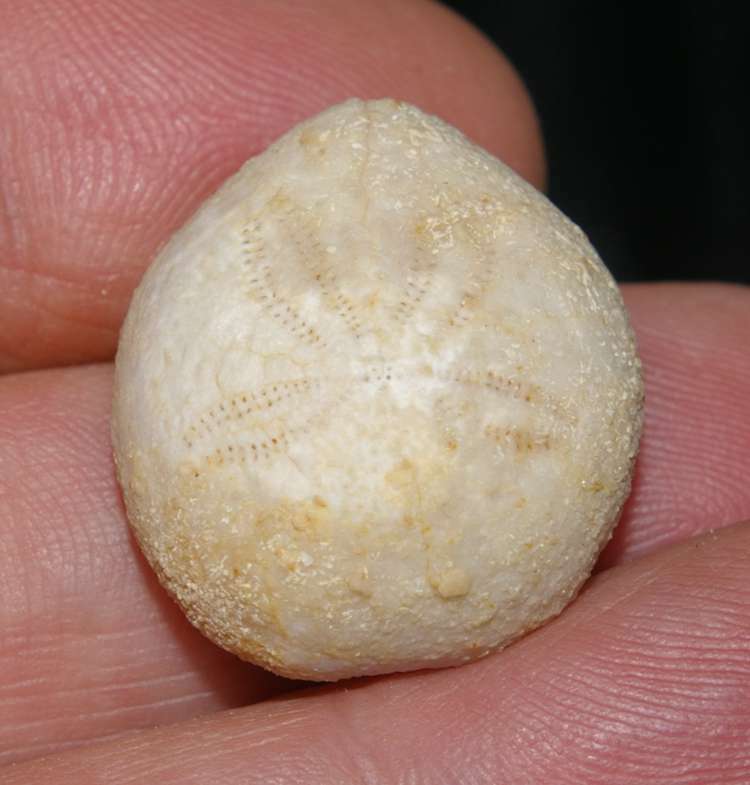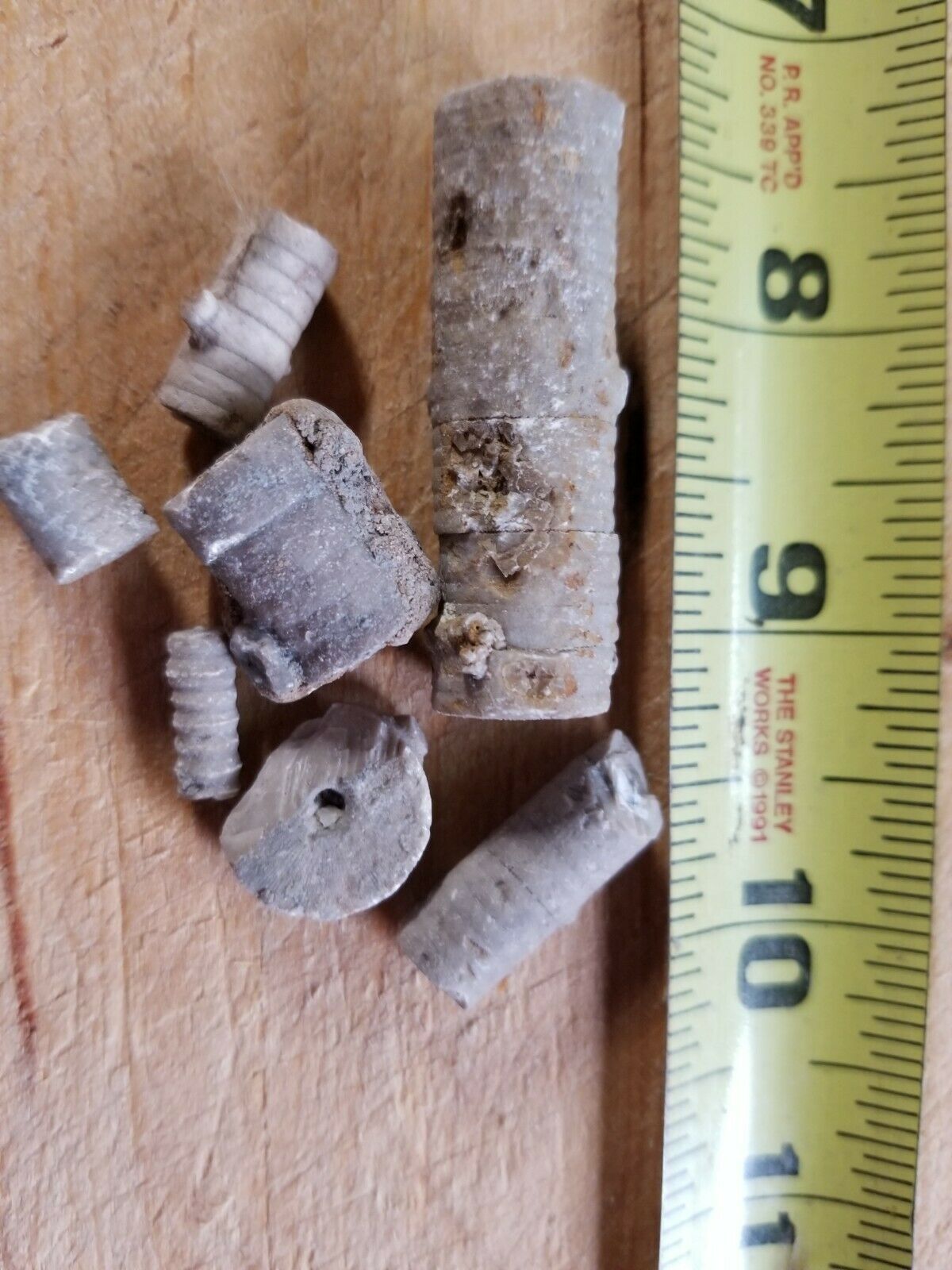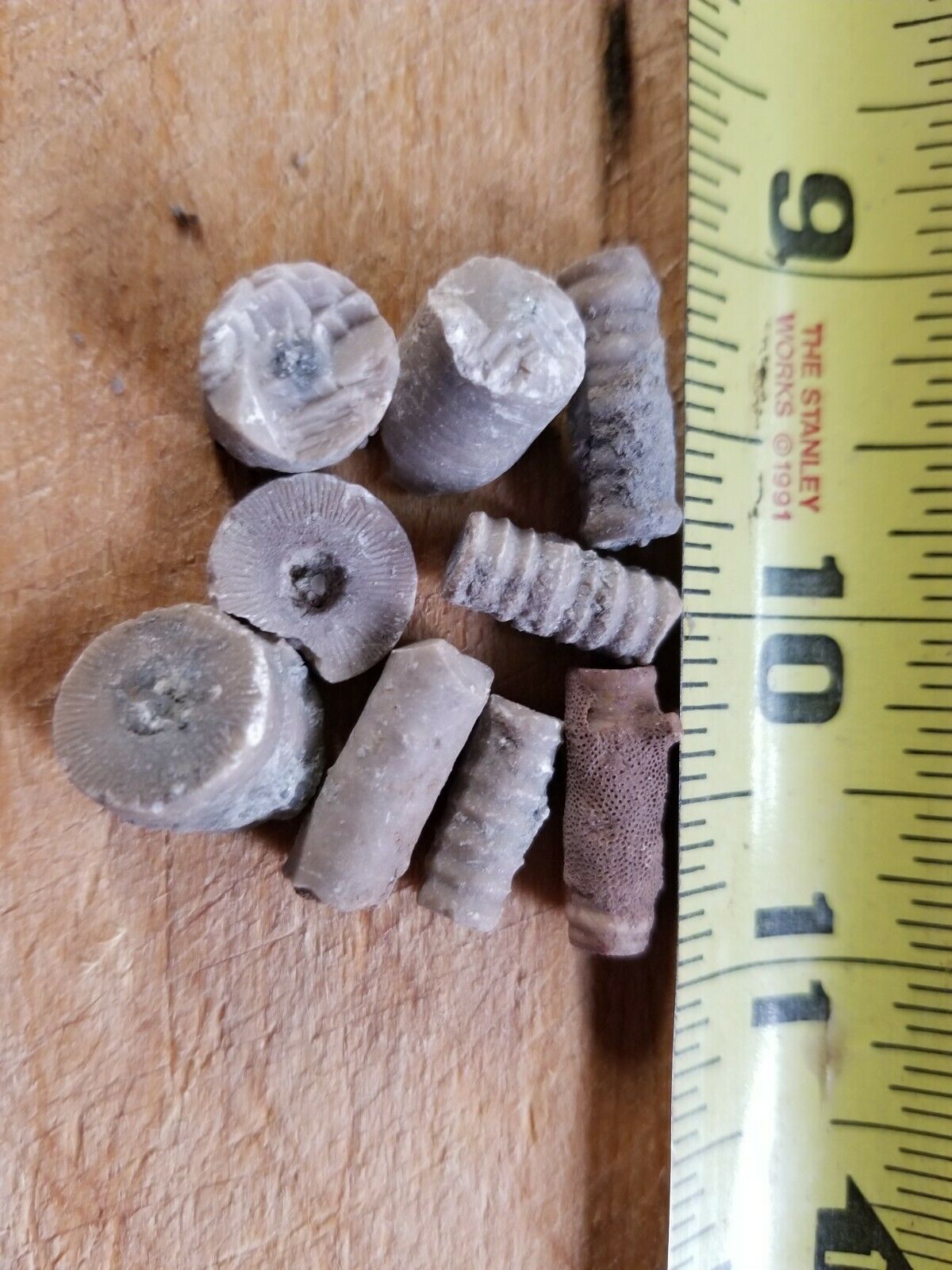-40%
Crinoid stem fossils Devonian age 4 pound lot 300 plus pieces North Africa
$ 25.33
- Description
- Size Guide
Description
Crinoid stem fossils from the devonian age,400 million years ago, in 4 pound lots scooped from fossils as pictured sized approximately 1/4 to 1 1/2 inches long by 1/8 to 1/4 inch thick with lots having 300 plus pieces generally.It appears that there could be other parts of the Crinoid included in these pieces but mostly stems and columnals,that were collected from the fossil beds of the anti atlas mountains in northern Africa and are great educational and hands on learning specimens. Crinoids or sea lilies are an ancient sea creature closely related to starfish.Their skeleton was comprised of a root-like structure attached to a stem made up of many disc shaped plates called columnals.At the top of the stem was the head or calyx which the arms of the Crinoid were attached.The arms were used to filter food out of the water.After death, most crinoids skeleton would fall apart leaving behind only the columnals and small plates that made up the calyx.Complete specimens of crinoids are a rare find. Crinoids comprise three basic sections; the stem, the calyx, and the arms. The stem is composed of highly porous ossicles which are connected by ligamentary tissue. The calyx contains the crinoid's digestive and reproductive organs, and the mouth is located at the top of the dorsal cup, while the anus is located peripheral to it. The arms display pentaradial symmetry and comprise smaller ossicles than the stem and are equipped with cilia which facilitate feeding by moving the organic media down the arm and into the mouth.Crinoids are marine animals that make up the class Crinoidea of the phylum Echinodermata. Crinoidea comes from the Greek word krinon, "a lily", and eidos, "form".Sea Lilies refer to the crinoids which, in their adult form, are attached to the sea bottom by a stalk.Most crinoids have many more than five arms and usually have a stem used to attach themselves to a the sea bottom, but many live attached only as juveniles and become free-swimming as adults.There are only about 600 extant crinoid species,but they were much more abundant and diverse in the past. Some limestone beds dating to the mid- to late-Paleozoic are almost entirely made up of disarticulated crinoid fragments.Track Page Views With
Auctiva's FREE Counter
